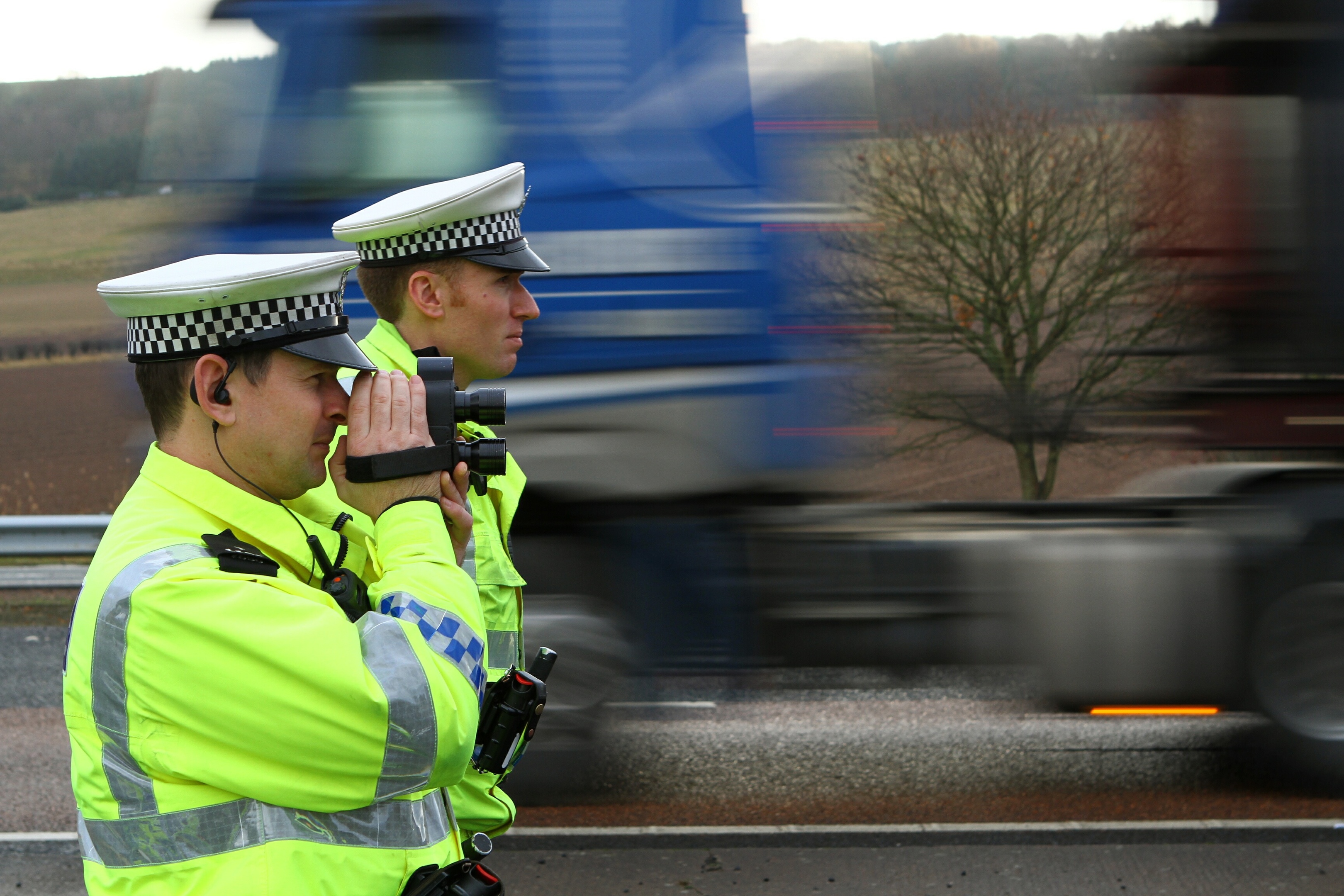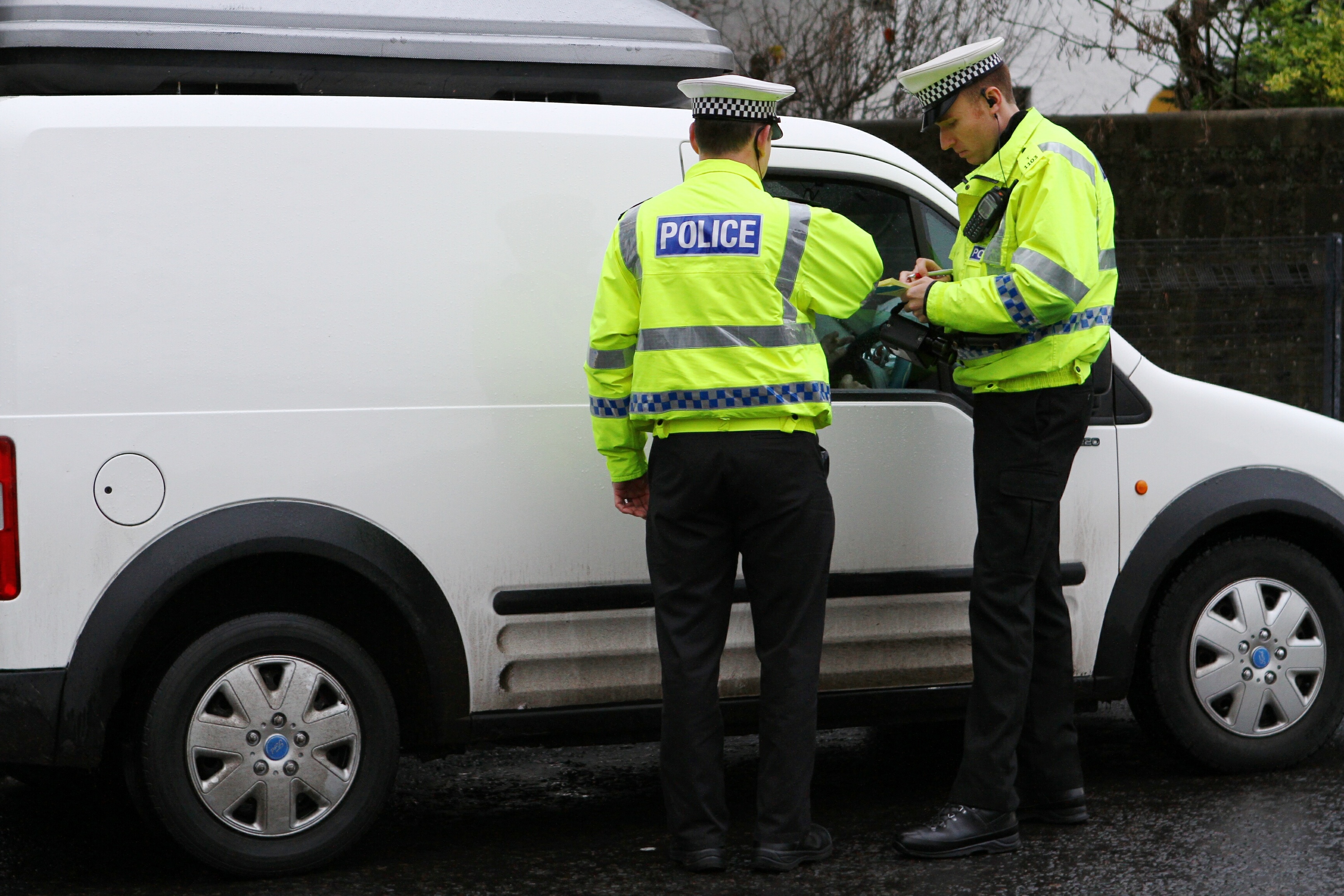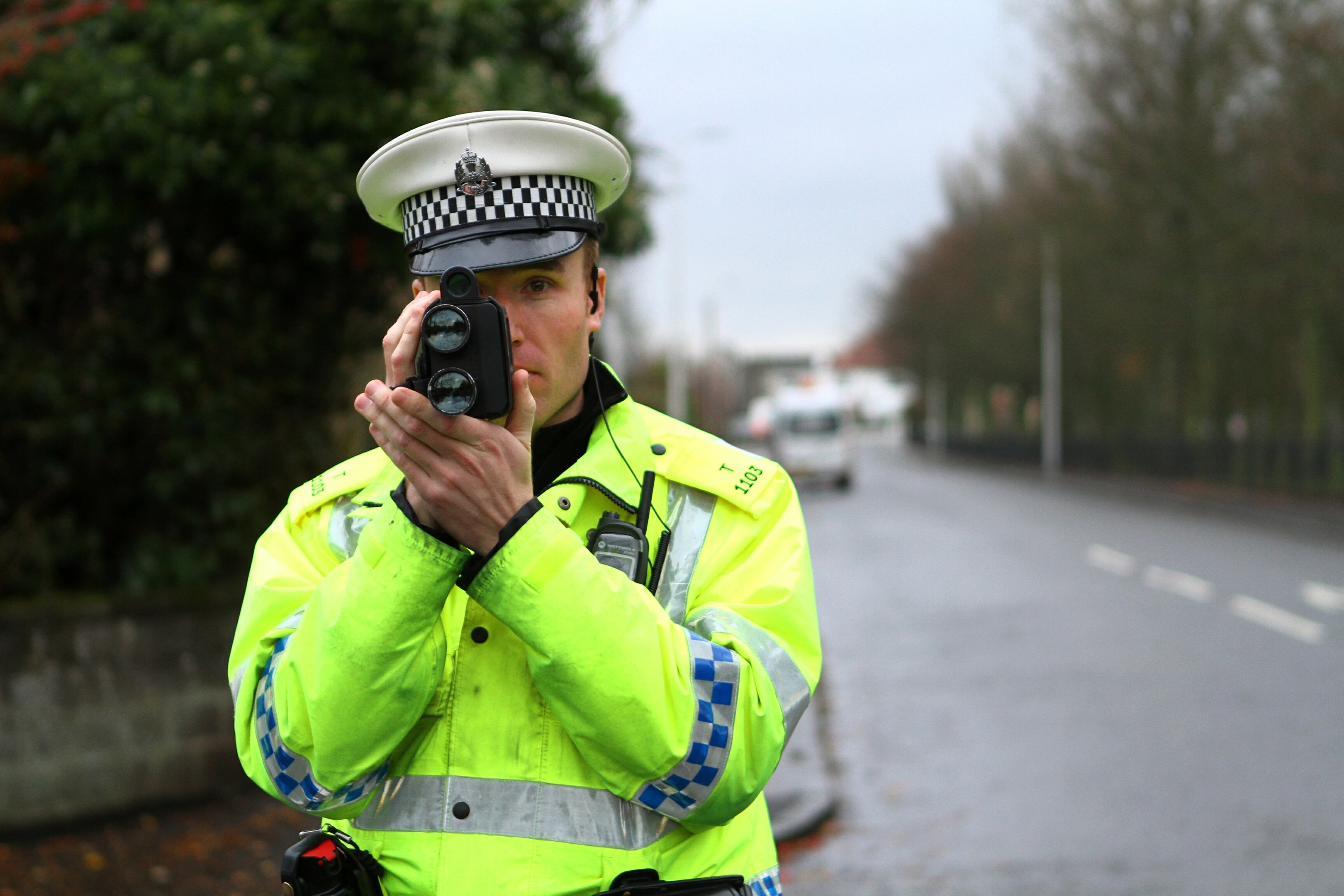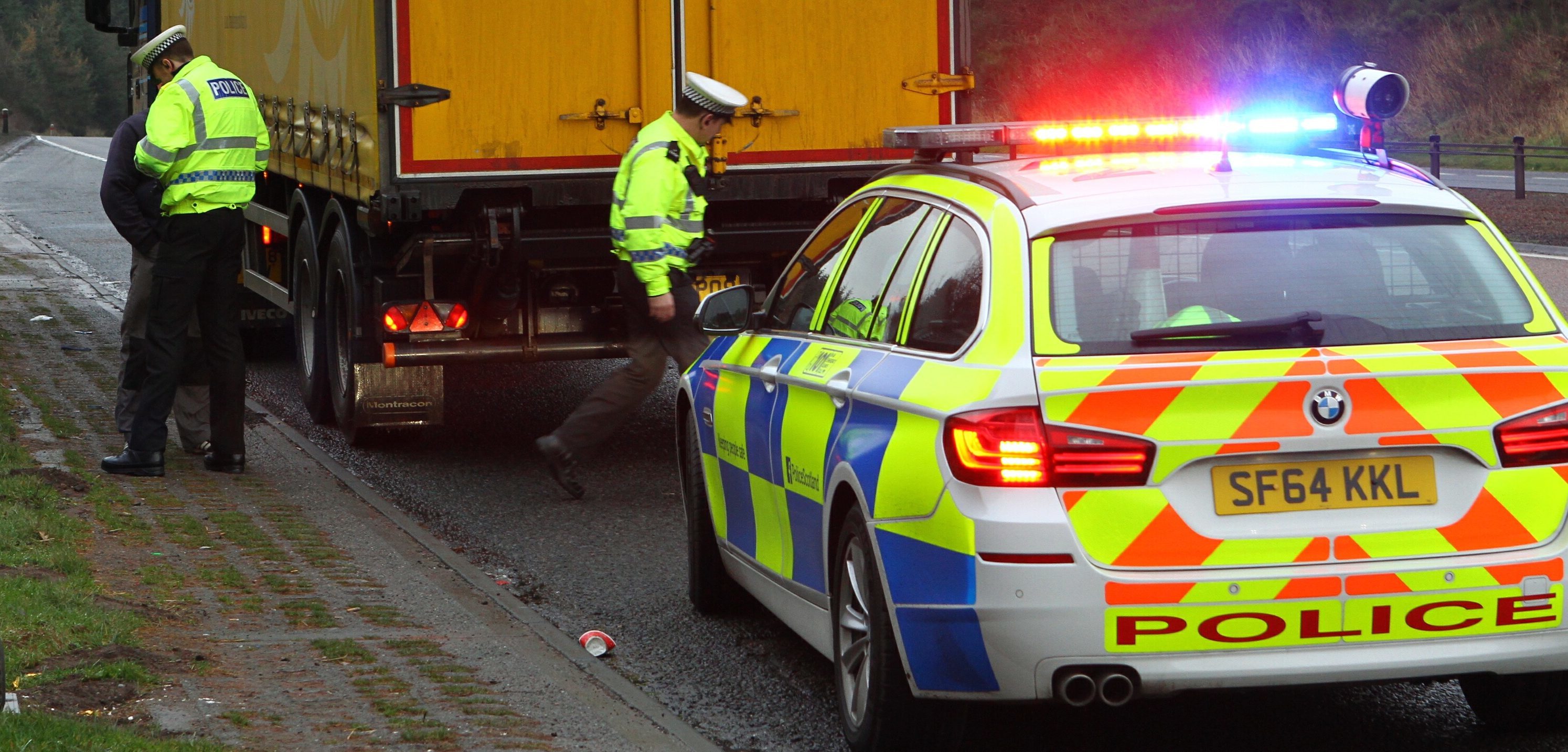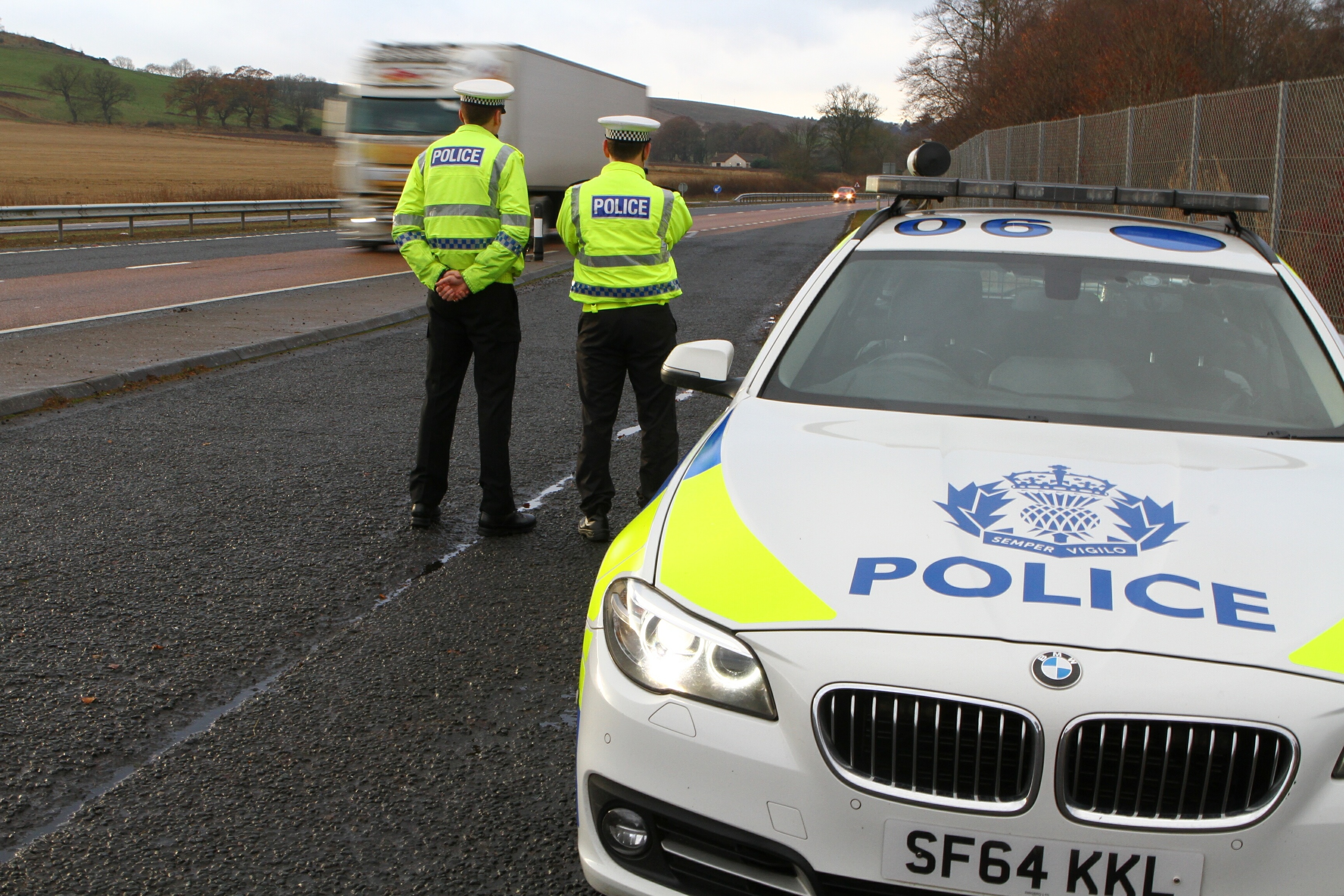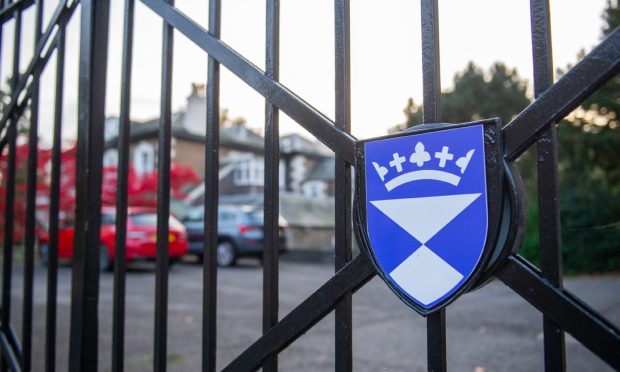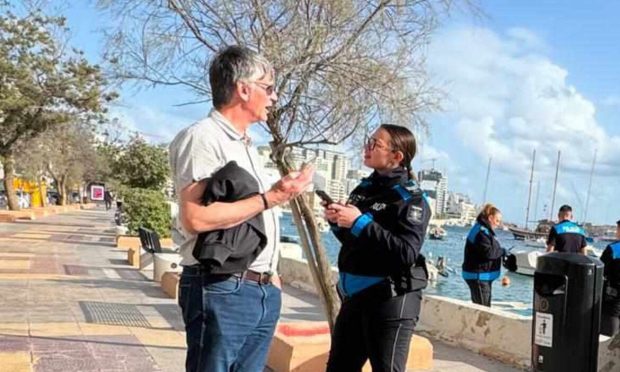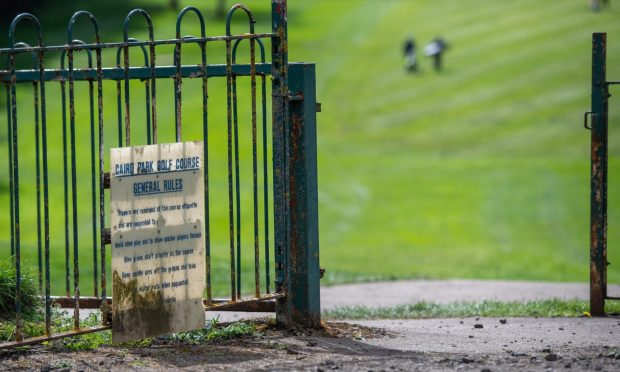In the final part of our series looking at the work of our traffic police, Ciaran Sneddon joins officers for a day on the road.
To see what life is like on the road for traffic police in Tayside, I went for a ride-along as two officers carried out some of their day-to-day responsibilities.
Constables Brian McEwen and Colin Proctor began by attending Broughty Ferry’s Fairfield Road, where members of the local community had raised concerns about drivers.
PC McEwen explained: “We received a number of complaints from a variety sources including members of the public and the council where there are known to be more incidents.
“We will attend these areas and check on them where we can. For this area here, complaints have been received for speeding.”
Within minutes of arriving, a driver was caught speeding in his van and directed to pull over.
While PC McEwen spoke to the driver, PC Proctor began to have a look at the vehicle, checking it over while calling into the central office to run checks on the number plate.
It quickly emerged the van’s MOT had expired several months ago – a revelation which incurred a fixed penalty notice for the driver.
He was issued a warning for his speed, and advised about the state of his tyres, before he departed. He was told the van should only be driven on its way to a pre-booked MOT.
The PCs told me since a change in the MOT system which has cut paper reminders for drivers, more people are forgetting to get the mandatory test done.
As we watched the roads for any more speeding drivers, a handful of local residents wound down their windows and told us the checks were much needed.
“We’ve been waiting for this for a long time. Thank you for doing it,” said one elderly woman as she walked past.
Our next stop was on one of Tayside’s most troublesome roads, the A90, namely the stretch between Dundee and Forfar.
One of the region’s main thoroughfares, most people who travel it will know it has more than its fair share of speeding cars, despite the relatively new speed cameras.
Of course, the sight of a marked police car acts as a speed deterrent in its own right.
It was an HGV pulling on to the road which first sparked the attention of the PCs. It emerged on to a section of the dual carriageway undergoing roadworks, with a speed restriction of 30mph.
As we cruised along at that speed, it was clear the lorry was pulling ahead. With that, we sped up to the vehicle and when we approached a layby, the blue lights were switched on.
PC McEwen said: “Wherever possible we will wait until there is a safe place to pull in before we put the lights on, unless it is a case where it would be dangerous to do so.”
Given the speed he was travelling it, the driver was given a verbal warning and the constables checked both the external condition of the HGV and the digital tachograph, which records the lorry’s speed, distance and driver activity.
All was as it should be, and so the driver was allowed to proceed. Before he could pull out, however, an unmarked police car appeared behind us, stopping another driver.
These roads are well policed, it seems.
We continued further up the road to another layby, where PC Proctor once again used the handheld laser device to watch passing drivers. As well as monitoring speeds, he was able to check for people on their mobile phone, not wearing their seatbelt or other driving offences.
Despite a few vehicles visibly dropping their speed when they saw the police, none were breaking the law, and so we proceeded to a short drive around some of the smaller roads in the area.
The final moment of excitement was stopping a driver over the cleanliness of his vehicle and, namely, his number plate. The constables requested he wiped it clean and said the rear window should also be cleaned to boost visibility.
It’s a varied job for PCs McEwen and Proctor, but a vital one. With so many dangers on the road, it is important to have regular police checks on routes across Tayside.
Their willingness to respond to community concerns is commendable, and the effects of their very presence is notable.
Speeders escaping prosecution
Drivers going as fast as 126mph have escaped prosecution, according to recent figures.
It is slightly lower than the highest speed recorded in Tayside between September 2015 and September 2016, which was 129mph on the A9 between Tibbermore and Dunning in Perthshire.
Data released under Freedom of Information legislation show “no action” was taken against 11 of the top 20 speeders captured by cameras in Tayside in the 12 month period.
The other nine drivers were reported to the procurator fiscal for consideration on whether or not to prosecute.
The figures do not include speeds of vehicles operated by the emergency services.
Commenting at the time, Arron Duncan, North Safety Camera Unit manager, said: “Some of these incidents are linked to stolen vehicles and others are foreign cars or drivers that we can’t deal with.
“The issue with foreign vehicles is recognised as a problem and it’s being pursued at government level.
“Overall though, it’s extremely disappointing that people continue to drive at those speeds — these drivers are not only putting themselves at risk but also their passengers and other road users.”
Recent Police Scotland figures show the number of speeding offences reported to them locally has increased.
In the first quarter of the financial year of 2016/17, there were 282 incidents of speeding logged by Tayside Division within Dundee, equating to a 9% increase year-on-year.
Liam Kerr, Scottish Conservative MSP for the North East Region, said: “It is surprising to hear that speeding in Tayside is on the rise, given the fairly recent introduction of average speed cameras on the A9.
“Figures could be skewed, however, given recent reports that a third of speed cameras in Scotland are not even switched on.
“I know that police resources are stretched at the moment, and I am not convinced that more cameras or patrols are necessarily the answer.
“There is a wider issue here around driver education – motorists have to moderate their own behaviour and be aware that excessive speeding can lead to serious or fatal road accidents.”
